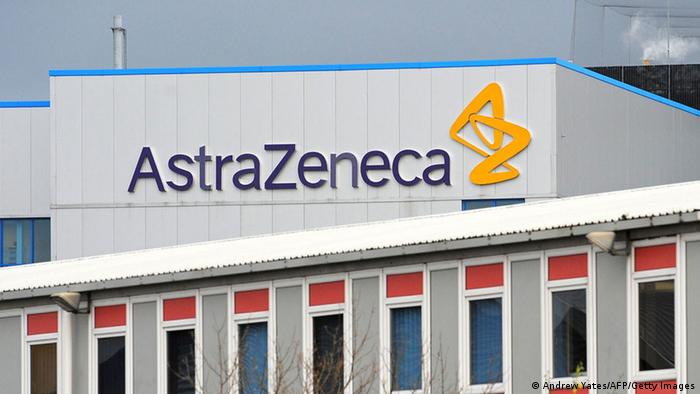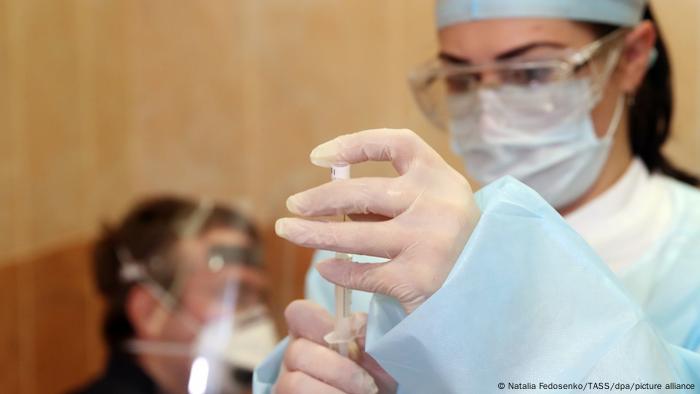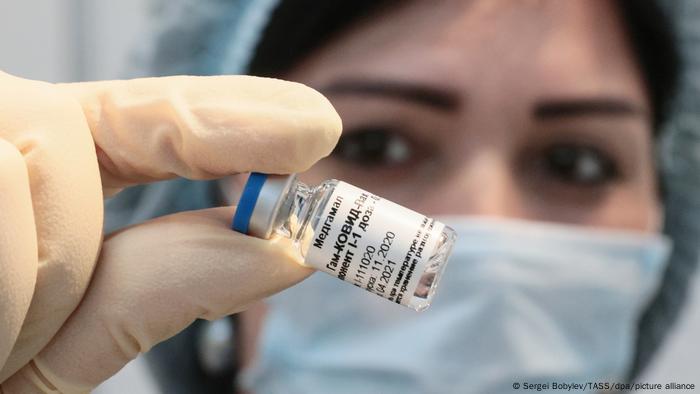
An anticipated wave of layoffs from Canadian air carrier WestJet has hit workers in Manitoba as the company starts contracting out all customer service and ground handling duties in the province.
In June, WestJet announced it was laying off 3,333 workers across the country due to the loss of business caused by the COVID-19 pandemic. The company said it would consolidate its call centre in Alberta, and contract out its operations in all but four of its 38 domestic airports, leaving just Calgary, Edmonton, Vancouver and Toronto.
A company called Airport Terminal Services has been contracted to provide services in all other airports in Canada. The layoffs, which are permanent, will take effect in the coming days.
A spokesperson for Unifor, the union representing the roughly 110 laid-off workers in Winnipeg and Brandon, called the move "a slap in the face."
Of the people the union spoke to, the lowest-seniority person had 16 years of experience and was making $23 an hour, with benefits. That same employee was being offered $13 an hour with essentially no benefits to do the same job as a contract worker, said Chris MacDonald, assistant to the national president of Unifor.
"Yes, it's difficult for all airlines in the country right now, but … the crisis will end, COVID will end, and things will pick up again in sometime in the future," said MacDonald.
"And WestJet will have outsourced basically all of their labour to third party companies that rely on minimum-wage workers."
The Calgary-based company had 14,000 staff before pandemic border closures and travel restrictions grounded two-thirds of its fleet, WestJet said in a June announcement.
Operations had been reduced by 90 per cent, year-over-year. Despite instituting a hiring freeze, cutting executive, vice-president and director salaries and pausing more than 75 per cent of its capital projects, CEO Ed Sims said the company would have to make "painful decisions" to ensure its viability.
MacDonald accused the company of using the pandemic as a way to shed itself of its obligations to its direct employees, many of whom had recently unionized.
"The bottom line is that this is the last major airline in the country that was sitting non-union. And in the last number of years, the employees have realized that they need a union," he said.
"What they've done is they've taken it as an opportunity to contract out the work forever. And that's not a COVID problem. That's a decision of the business."
A spokesperson for WestJet said no other layoffs are planned for operations in Manitoba at this time.

%20the%20Artist%20(picture%20credit%20-%20Emily%20Jarrett%20for%20the%20Ashmolean).jpg?f=16x9&w=500&$p$f$w=5bc3d04)







